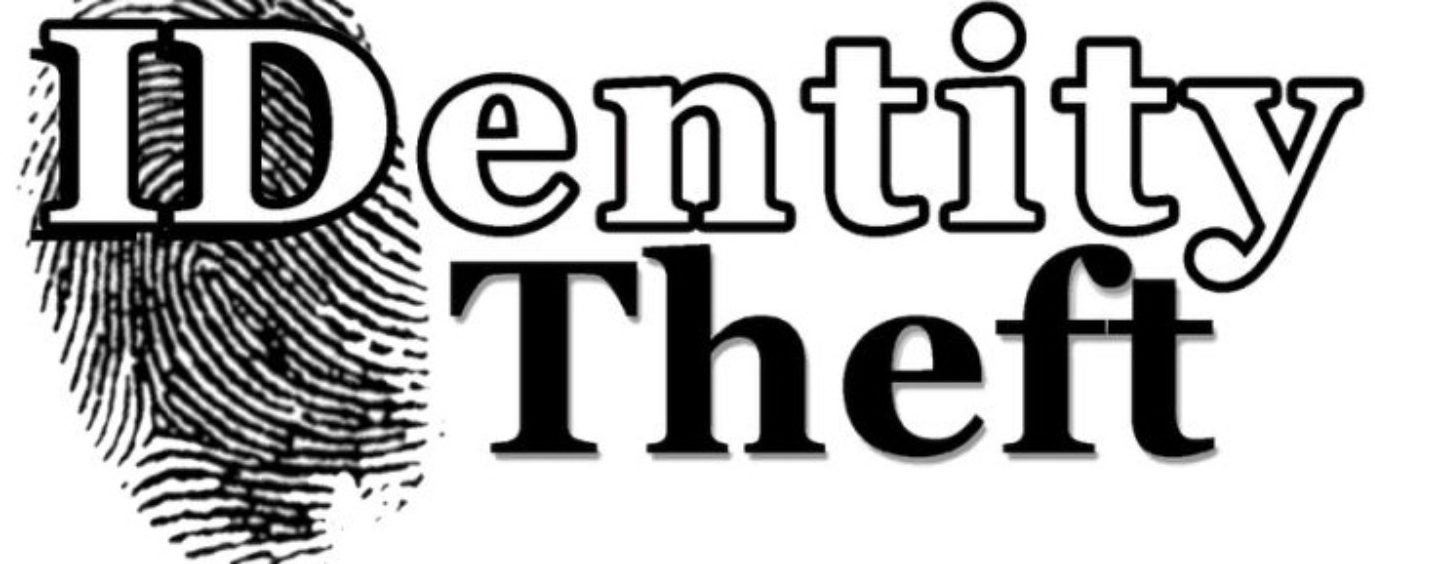Victims of identity theft rise each year, and right now more than 17 million Americans are effected.
This past summer, the Democratic National Committee’s computer network was hacked, and just last month Yahoo disclosed that hackers stole information from at least 500 million accounts. But should you worry? And how can you protect yourself?
RELATED: Protect Yourself Or Resolve Identity Theft
How worried should you be?
According to government data, approximately 7% of people were victims of identity theft in 2014. Although the term “identity theft” is used broadly, there are two very different types of theft that can happen and the impact is meaningfully different.
Eighty-six percent of theft is account takeover, which relates to the fraudulent use of existing account information. For example, a bartender might have stolen your credit card information and began making fraudulent purchases. A hacker could have installed malware on your mobile phone, logged into your banking app and initiated a money transfer.
The good news is that the most common form of identity theft is also the easiest to detect and usually costs you nothing. Visa has a Zero Liability Policy, which means “you’re protected if your Visa credit or debit card is lost, stolen or fraudulently used, offline or online.” MasterCard has a similar policy.
So long as you report account takeover quickly, resolution should be easy. According to the government, half of all victims were able to resolve theft in a day or less, and the vast majority suffered no financial loss.
The scarier type of fraud is identity takeover, which happens when a thief steals your Social Security number and uses, your data to open a brand new account without your knowledge. Although this type of fraud doesn’t happen very often, it can be very painful when it does.
So you shouldn’t worry, but you should prepare.
Protect yourself from account takeover
Here are three ways to minimize the risk and cost of account takeover:
- Where available, sign up for “second-factor authentication.” With second-factor authentication, a second device is required to authorize transactions. For example, Bank of America offers SafePass. When enrolled, you will receive a six-digit code sent via text message to your mobile phone. If a fraudster managed to hack into your account, he wouldn’t be able to send money without the code. And he couldn’t get the code without your phone.
- Sign up for text message or email alerts with your bank. You can set the frequency, but ideally, you would be alerted after every transaction. Most banks offer this feature.
- Ensure you install anti-malware and anti-virus protection on your computer and mobile phone.
Account takeover can happen easily. Your objective is to know as soon as it happens and to report it as soon as you become aware.
RELATED: IRS Failed to Notify 1M People of Identity Theft
Protect yourself from identity takeover
To defend yourself against identity takeover, create a strategy that detects fraud as soon as possible. Resolution can be challenging, and you might want to pay for help.
To detect identity takeover:
- At a minimum, obtain a free copy of your credit report from all three credit bureaus once a year via AnnualCreditReport.com.
- Get free daily credit monitoring from CreditKarma, which uses TransUnion data.
- Consider monitoring all three credit bureaus daily. You would need to pay for this service. Shop online, but one of the cheapest is Prosper Daily, an app that costs $9.99 a month.
If you are the victim of identity takeover, there are free resources to help.IdentityTheft.gov is the first place you should go to report the theft and create a recovery plan. You might quickly become overwhelmed by the complexity of the resolution process. In some extreme cases, dealing with courts, creditors and collection agencies can take months, and paying for resolution assistance could be worthwhile.
Most resolution services will assign a case worker and require a power of attorney to be signed. Your dedicated caseworker would manage the process from beginning to end. Companies that offer three-bureau monitoring, like ProsperDaily, typically include resolution services in the package. If you don’t want to pay for monitoring but would just like to get help when identity takeover occurs, consider Zander. For $6.75 a month, you will get resolution assistance and an insurance policy along with it.
Finally, you might want to consider a start-up called Civic. The business just recently launched, and it gives away credit monitoring, insurance and resolution services for free. The company plans on making its money by charging banks for fraud-protection services. If this model is successful, it could revolutionize credit monitoring. But even if it isn’t, you will get free insurance and resolution services while it tries.
Are you a victim of fraud or money scam? Share your story with us on the Money Credit and You Facebook page!
Nick Clements is the co-founder of MagnifyMoney.com.
Original article published on USAToday.com.






